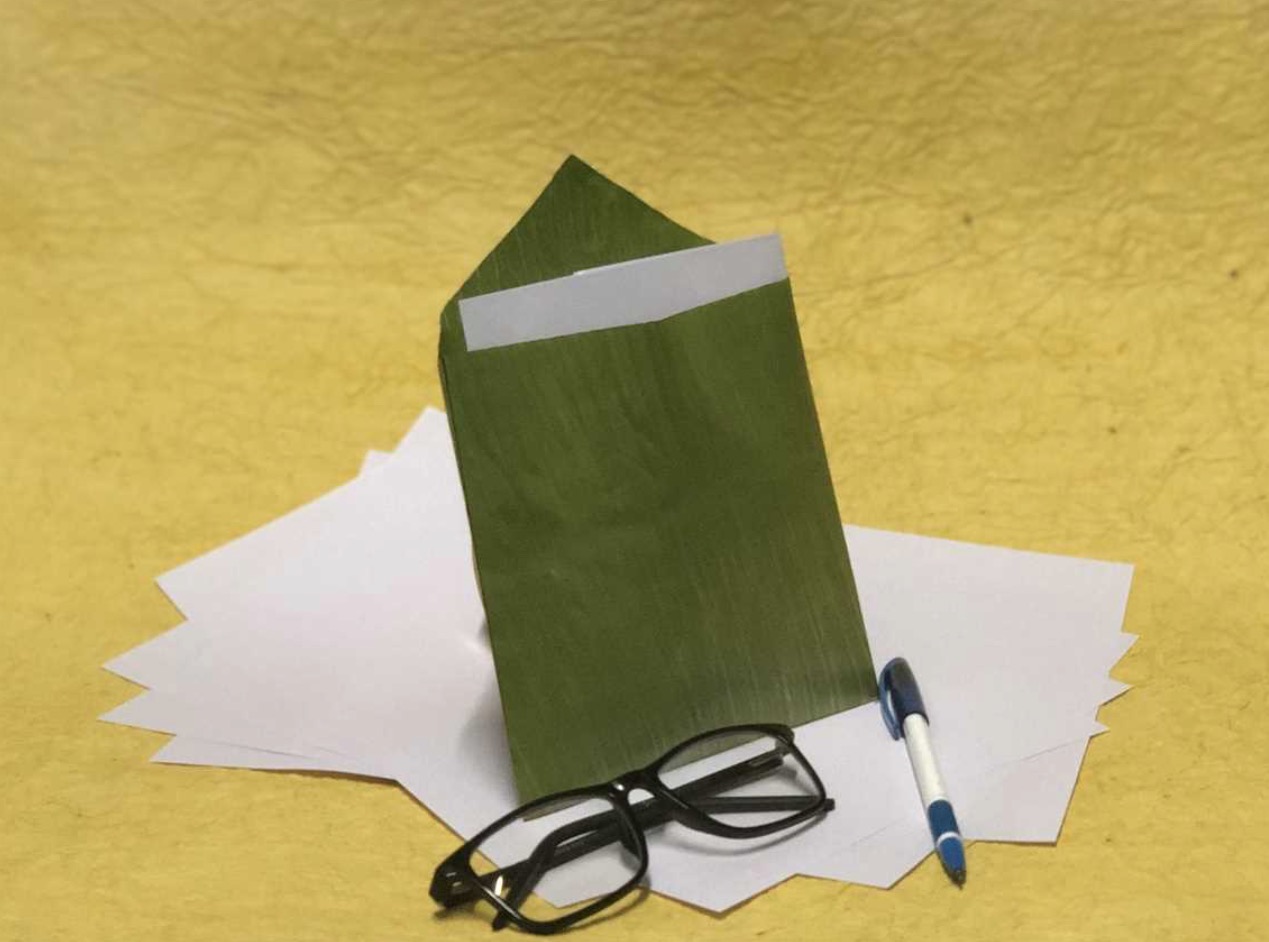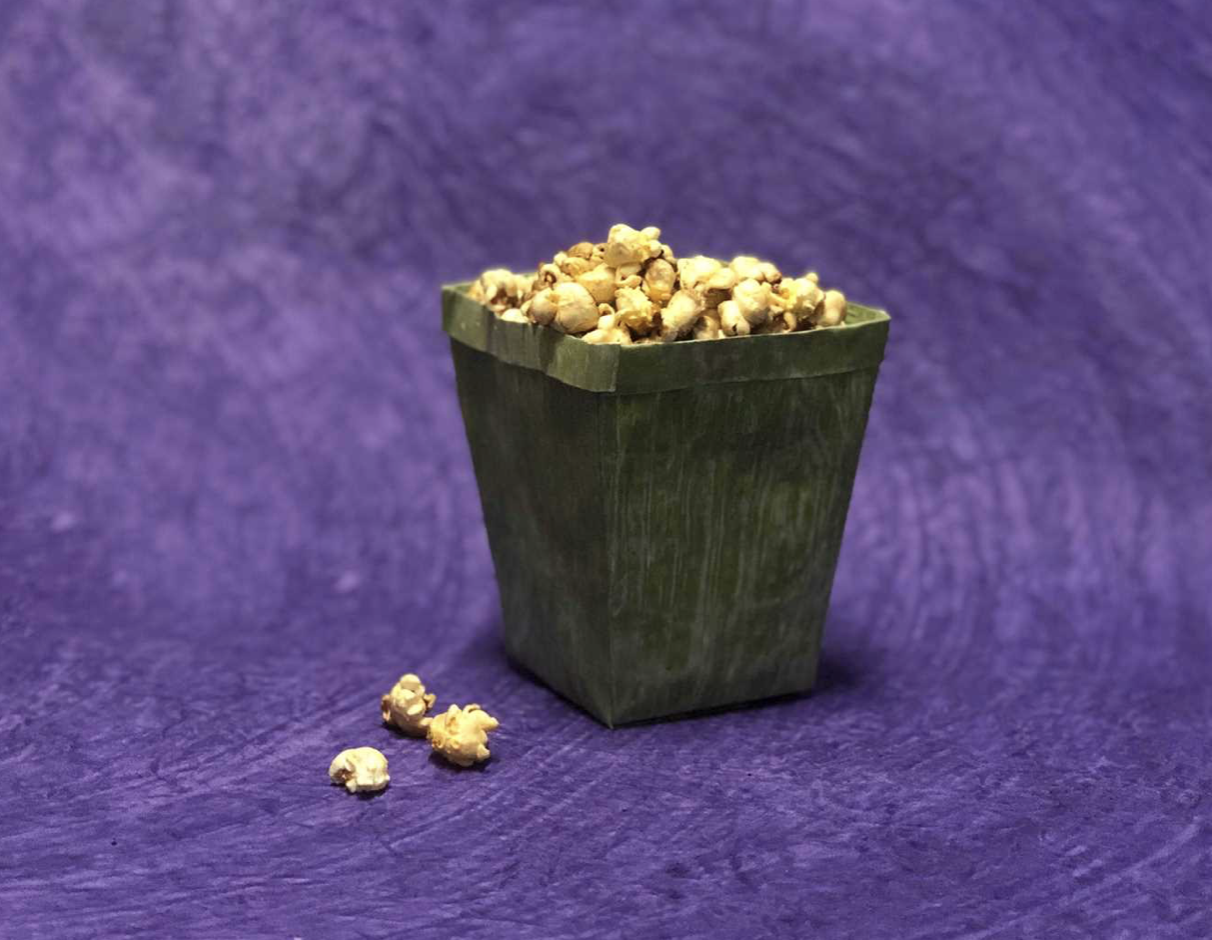Could Banana Leaves Replace Traditional Plastic Packaging?
For many it's a cool new trend, but actually it’s a practice that spans back hundreds, if not thousands, of years. Companies today are turning to banana leaves to replace plastic packaging for foods, and they're getting great results and positive feedback. Here are some examples from around the web.

Banana leaves are hardy, water-tight, and clean Bananas are also one of the largest crops in the world, so banana leaves are readily available. Many ancient, cultural cuisines were wrapped in banana leaves for storage. These thick, glossy leaves hold moisture in and don't easily disintegrate when wet, thereby making them a perfect food saver. Source: Bananaleaftechnology.com
The Benefits of Banana Leaves Over Plastic Packaging
As
many companies are now moving away from single use plastics, they're
seeking biodegradable alternatives as packaging for food. Banana leaves
are 100% environmentally-friendly and sustainable. They will degrade
just like any other plant product once they've been discarded, and
they're a by-product that is continuously produced.
- They're cheap. Because banana leaves are everywhere that bananas are, they're readily available. They don't cost anything to grow, and they're already growing on existing distribution channels.
- They're large. Banana leaves are often used as serving vessels because of their size. A banana leaf can be used to wrap fairly large food items.
- They're clean. The slick nature of banana leaves means that they're water proof and easy to clean. Other leaves may not be clean enough to use for food service.
- They're attractive. Banana leaves grow in a bright color, and they retain that bright color, making them look fresh and new even days after they have been cut.
- They’re guilt-free and compostable. There are no special processes required for getting rid of banana leaves; they can be thrown in the trash or composted outside.
- They're natural. Banana leaves don't need additional treatments to remain fresh-looking or water-resistant. Consequently, they're perfect for those who are interested in natural foods.
Banana
leaves are lightweight, healthy, and attractive. Many people who are
uncomfortable with plastics may be comfortable with the use of banana
leaves, as they won't pass unusual chemicals to food.
Source: Afflink








What’s your takeaway? There's
a significant waste problem on a global level, and companies are going
to need to do something about it if they're going to survive and please
new consumers. Many countries are taking action against single-use
plastics and non-biodegradable products. What is your plan?
Source:
Facebook/ArshadAbdul

